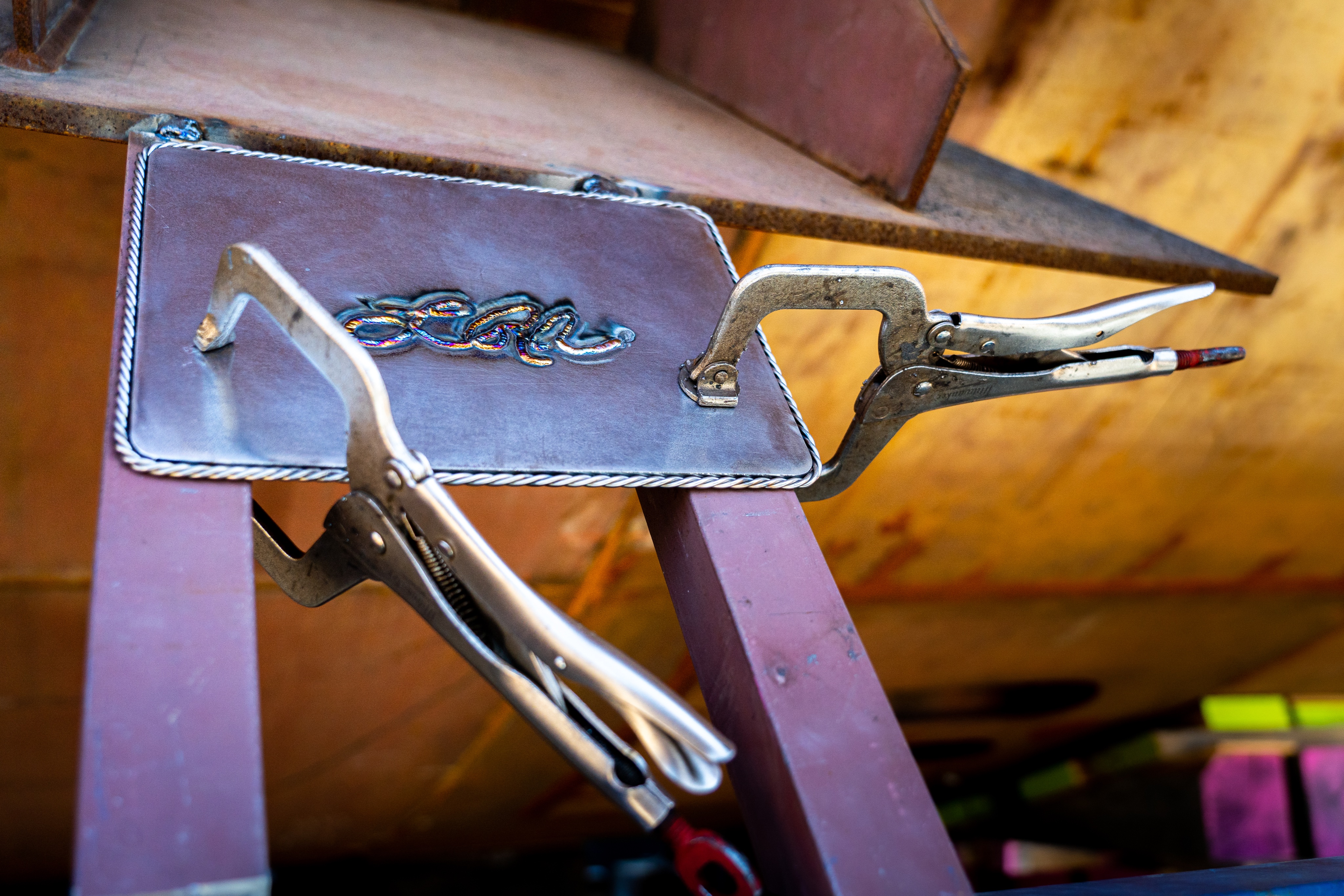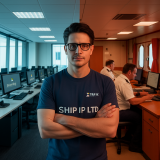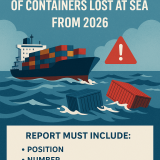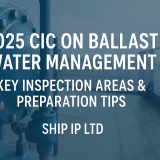The German federal government approved a new round of financing to support the financially troubled MV Werften shipyard with operations in Wismar, Warnemunde, and Stralsund, Germany. The shipyard had been facing bankruptcy since its operations were suspended 14 months ago during the pandemic and had been contributing to the financial difficulties of its parent company Genting Hong Kong. The shipyard had received a series of bridge loans starting last fall to continue limited operations.
After months of negotiations between the German federal and regional government, the shipyard’s labor unions, MV Werften, and Genting Hong Kong, the Economic Stabilization Fund set up by the federal government to assist with the recovery from the pandemic has agreed to provide further financial support for the shipyard. The new economic support will be used as post-construction financing for the exploration cruise ship Crystal Endeavor that yard has nearly completed as well as to finance the construction of Genting’s first Global Dream cruise ship and for general corporate purposes.
“This is an important decision that gives employees in the region and the country as a whole confidence,” Federal Minister of Economics Peter Altmaier told the German news outlet NDR. “The shipyards now have the chance to successfully emerge from the pandemic-related crisis.”
The new financing will be completed in two tranches. The yard will receive $261 million in a new subordinated secured loan facility and Germany will invest an additional $85 million in the form of a limited-recourse equity stake. As part of the rescue package, the unions also agreed to an approximately 20 percent reduction in the workforce, or 650 jobs from the 3,000 jobs before the yard suspending operations in 2020.
“We are pleased with the outcome and would like to express our sincere gratitude to the ministries of the federal and regional governments, the KfW investment and development bank, and the other banks for their commitment, and also for the hard, but fair negotiations during the course of the past few months,” said Carsten J. Haake Managing Director of MV Werften.
The management of MV Werften also expressed renewed confidence, pointing to signs of recovery within Germany and the cruise industry. They highlighted the reduced restrictions as COVID-19 vaccinations have become more available which they said was “enabling supply chains to revert to the just-in-time mode,” the yard employed before the pandemic.
The bridge financing provided in 2020 was used primarily for the completion of the expedition cruise ship which will enter service this summer more than a year behind schedule for Genting’s luxury cruise brand Crystal Cruises. The 20,200 gross ton ship completed final sea trials the last week of May and is due to enter service on July 17.
The Global Dream is a 208,000 gross ton cruise ship being built for Genting’s Asian cruise line Dream Cruises. It has been under construction at the shipyard since 2018. Limited work had been proceeding on the vessel over the past year, but the new financing is designed to support the completion of the ship. Delivery on the cruise ship is now scheduled for 2022.
MV Werften was set up by Genting in 2016 through the acquisition of a series of shipyards in Germany. The yard was established to build ocean going and river cruise ships for Genting’s brands and planned to market to the broader cruise industry. With the new financing in place, the yard once again hopes to attract new orders, including a sister ship to the Crystal Endeavor. The yard had begun work on the second Global Dream cruise ship, but it will remain suspended at this time pending further financing.
Genting Hong Kong has been undergoing its own financial restructuring brought on by the impact of the pandemic in the cruise and hospitality industries. Completion of the financing agreement with Germany was a key part of Genting’s package, although the company must also raise additional capital before the end of the year to support its cruise and casino operations.
In addition to the financing being provided to the shipyard, the German fund has also provided support to other companies in the travel and hospitality industry, including the German airline Lufthansa and tour operator TUI.
SOURCE READ THE FULL ARTICLE
https://www.maritime-executive.com/article/germany-finalizes-terms-of-financial-rescue-for-mv-werften-shipyard






